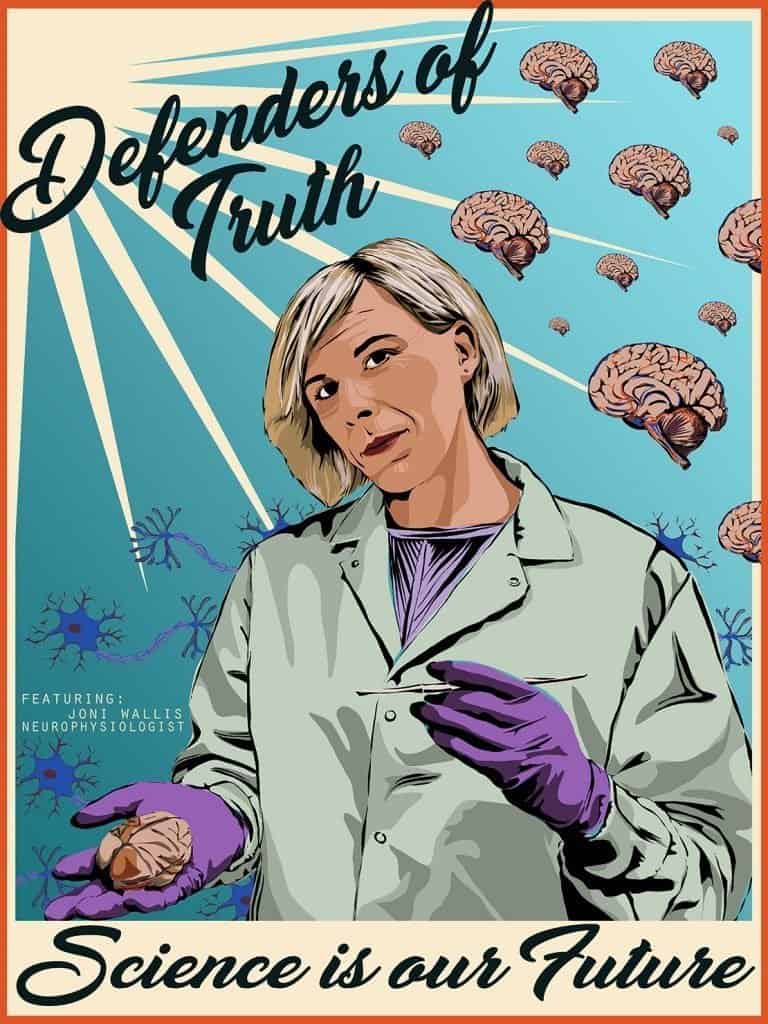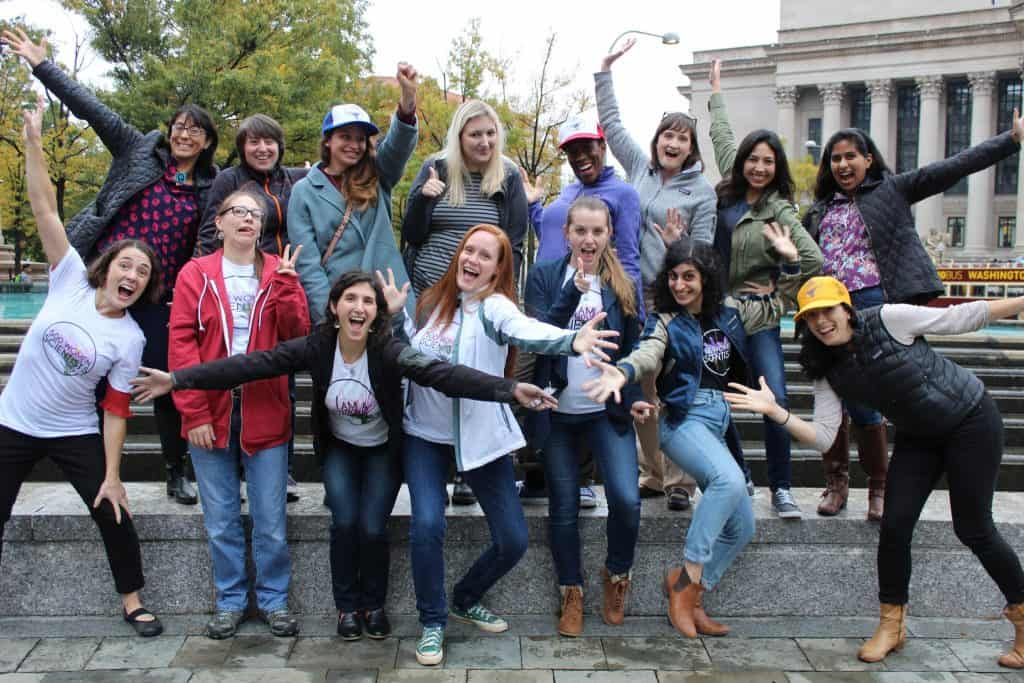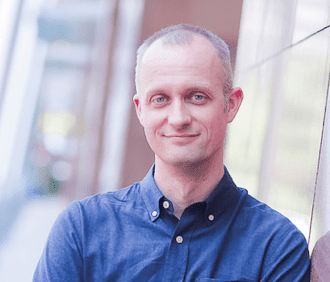On November 9, 2016, the day after President Trump was elected, a group of women scientists decided to band together and stand up for their values. They anticipated that the next four years would be a battle—both for women’s rights and for scientific integrity—so they decided to take the offensive and organize as a unified voice.
“The next day we drafted an open letter, from women scientists to women scientists, reaffirming we’re committed to equity and justice and that we’re going to work together,” says Jane Zelikova, a climate scientist. From the start, the campaign was a runaway success. Their aim was to gather 500 signatures—within weeks, they had thousands, “from all over the world,” says Zelikova. “We realized people were ready to take action.”
That action is now the focus of what became an organization called 500 Women Scientists, so named to reflect the campaign’s original signup goal. Operating as a global collection of independent “pods”—the biological term for the group’s member clusters—members support and elevate women scientists through community and advocacy, and bring “an unapologetically feminist lens to the conversation,” says Zelikova.

That conversation is one that often leaves women out, and 500 Women Scientists is, in part, an attempt to correct that imbalance. “Most folks don’t know a scientist personally,” says Zelikova. “They describe an older white man in a lab coat, but that’s not the reality.” About one-quarter of the U.S. science and engineering workforce is female, despite persistent gender bias and educational inequity in STEM fields. By amplifying the voices of women scientists, the organization works to tilt public perception of what a scientist looks like closer to the truth. “We exercise our voice,” says Jane. “That’s something scientists aren’t always encouraged to do—speak in the public realm. We’re taught not to be very vocal.”
500 Women Scientists is solving that problem. They regularly meet with political leaders to advocate respect for science and the women who practice it, and Zelikova says those leaders have been receptive. They also connect and empower women across all scientific fields—in 2018, they hosted over 20 “science salons” in which women scientists told stories about their work. And they train members on how to get their message into the media through articles and op-eds.

They’re getting themselves heard. In January 2018, they launched the “Request a Woman Scientist” platform, through which educators, conference organizers and journalists can find a woman scientist to speak to. The database now has over 11,000 women scientists, 11 percent of whom were contacted within the first year. One-third of those contact requests came from the media, and more than one-quarter were requests from a panel organizer or educational institution.
Currently, they’re launching a fellowship to support women of color in science. As of August, they were 62 percent of the way toward reaching their $100,000 funding goal.
These results are bolstering not just women in science, but science in general, a pursuit that the man in the White House who gave rise to the group clearly disdains. “I think skepticism of intellectualism has always been present,” says Jane, “but it feels more raw right now because of the onslaught of misinformation people have to sift through. Anti-vaccines, anti-GMOs, abortion bans—these are all things that science is being used to justify or misrepresent entirely.”
Another of the organization’s volunteer leaders, Tanya Dapkey, an entomologist, believes that women are in a unique position to keep science a respected and influential force in society.
“I think women communicate differently—we have empathy in different areas of life. And in long-term projects I think women in particular think about how it will affect future generations. The whole reason we have a school system is women. The whole reason we have a Red Cross is women. The whole reason we have public libraries is women. Because we think about storing information long-term—not just now but for the future—and how we can make things more sustainable. In my experience, those are things I see in female-centric communities.”









